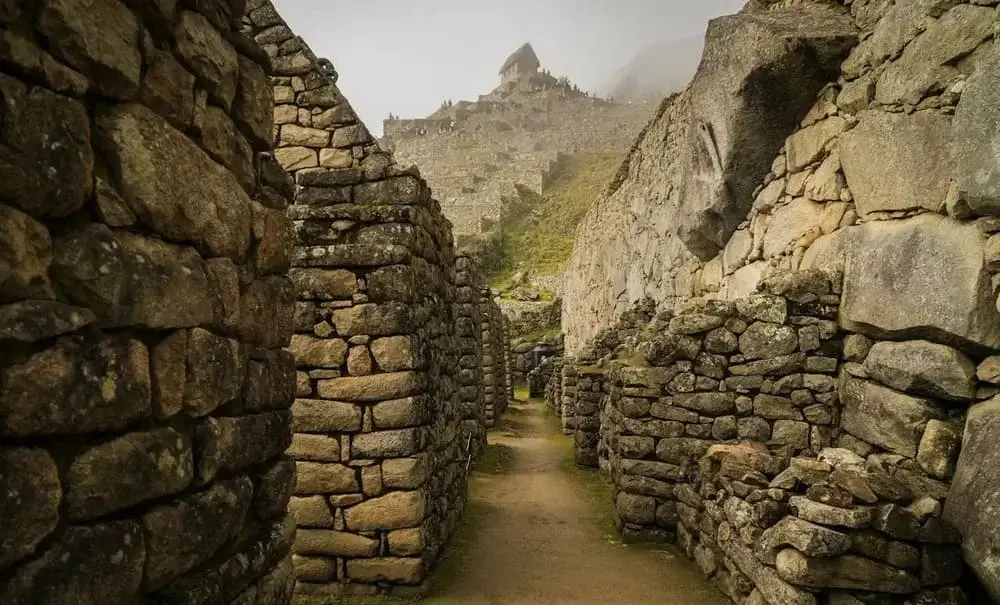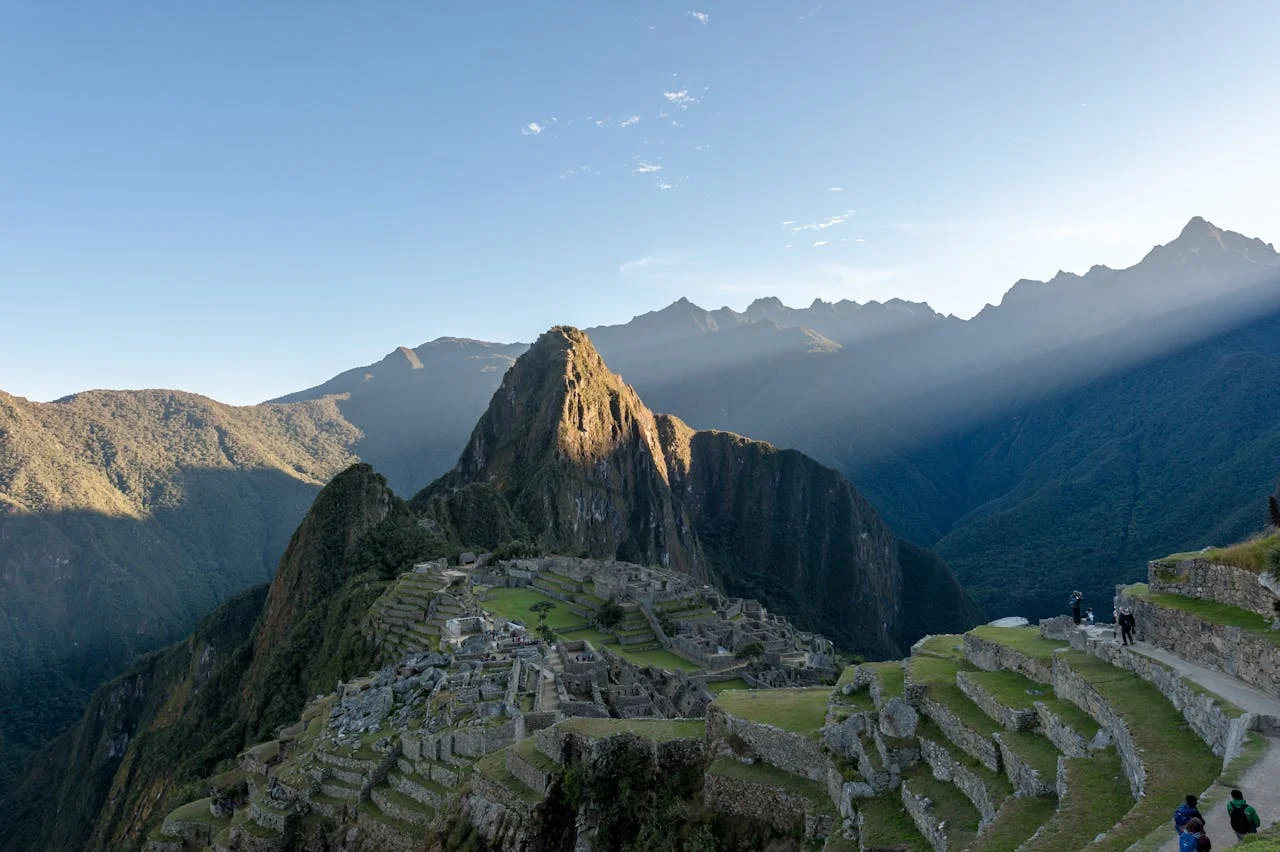One of the most famous historical sites in the world is Machu Picchu, which is tucked away high in the Peruvian Andes. Millions of tourists visit this magnificent Inca citadel every year, eager to discover its rich cultural legacy, spectacular scenery, and ancient stones. But there is still an unanswered question: Why was Machu Picchu abandoned?
For ages, historians and archaeologists have been fascinated by the circumstances underlying the site's desertion, despite its fame for its striking architecture and celestial alignment. Come along as we explore the potential causes of this breathtaking site's abandonment. Let's use history, mystery, and speculations to unearth Machu Picchu's tale.
Machu Picchu, often called the “Lost City of the Incas,” continues to captivate travelers with its grandeur and enigmatic history. While the Inca civilization flourished for centuries, Machu Picchu was abandoned by the time the Spanish arrived in the 16th century. But what happened to this once-thriving city?
Here, we explore the top theories about why this awe-inspiring city was deserted, and how these factors intertwine to create one of the greatest unsolved archaeological mysteries of our time.
Top Theories About the Desertification of Machu Picchu
1. The Decline of the Inca Empire and Political Instability
Inca Civil War and Spanish Invasion
One of the most widely accepted theories about Machu Picchu’s abandonment revolves around the decline of the Inca Empire. The empire faced immense challenges during the early 16th century, including internal strife, civil war, and the impending threat of Spanish conquistadors. This period of political turmoil led to the weakening of the empire’s ability to maintain control over its territories.
In particular, the civil war between two brothers, Huascar and Atahualpa, destabilized the empire and distracted the Inca from maintaining Machu Picchu. As the empire crumbled under external and internal pressures, Machu Picchu may have been abandoned in favor of more secure locations. The arrival of Spanish forces further accelerated the decline, forcing the Incas to relocate their resources and efforts.
2. The Impact of Disease on the Inca Population
Epidemics and the Arrival of European Settlers
Another plausible theory for the abandonment of Machu Picchu is the introduction of European diseases, such as smallpox and influenza, which devastated the indigenous population. These diseases spread rapidly through the Inca Empire after the Spanish arrived in the Americas.
Machu Picchu, which was largely isolated, may have been severely impacted by these epidemics. The disease likely reduced the population, leaving the once-thriving city sparsely inhabited and eventually deserted. Interestingly, the lack of human remains found at the site may support this theory, suggesting that many died from illness or were moved elsewhere due to the outbreak.
3. Environmental Factors and Resource Depletion
Challenges of High-Altitude Living
Machu Picchu is located at an altitude of 7,970 feet (2,430 meters) above sea level, making it both a breathtaking and challenging place to live. The harsh environmental conditions in the high Andes could have played a significant role in the city’s abandonment. Extreme weather events, such as heavy rains and floods, might have rendered the site difficult to maintain over time.
Additionally, the extensive farming terraces and water systems may have been overexploited, leading to soil depletion and resource scarcity. As the Inca population grew, the strain on local resources may have forced them to abandon Machu Picchu in favor of more sustainable locations with better access to vital resources.
→ How to Avoid Altitude Sickness in Cusco and learn more on Machu Picchu vs Cusco Elevation
4. The Sacred Nature of Machu Picchu: A Spiritual Abandonment
Inca Beliefs and Sacred Spaces
Machu Picchu was not just an architectural marvel but also a deeply sacred site for the Inca people. Dedicated to their sun god, Inti, and other deities, the citadel was thought to be a spiritual retreat for the elite and perhaps even a refuge for the Virgins of the Sun the sacred women who served the gods.
Some historians speculate that the site’s abandonment could have been a spiritual decision. The Inca may have believed that Machu Picchu was so sacred that it should be left untouched, or perhaps they were no longer allowed to live there. This theory ties into the idea that the city’s spiritual significance grew over time, and its eventual abandonment was a result of a spiritual call to leave the site undisturbed.
5. A Fresh Start: Leadership and Political Reorganization
The Death of Pachacuti and New Leadership
Machu Picchu was likely built during the reign of Emperor Pachacuti, one of the most important and influential rulers in Inca history. Pachacuti was known for his military conquests, architectural feats, and expansive reforms. Upon his death, it’s possible that his successor, Topa Inca Yupanqui, or another ruler, sought to establish a new capital or more strategically located city to consolidate power.
The Inca Empire was known for constructing new royal estates for each ruler. Machu Picchu may have been abandoned as part of this process, with the new leader choosing to shift the capital or relocate the elite to more favorable positions in the empire.
6. The Secrets of Machu Picchu: Extraterrestrial Theories
Theories of Advanced Technology or Alien Intervention
Some fringe theories suggest that Machu Picchu’s construction and precision might have involved advanced technology beyond the Inca's capabilities or even extraterrestrial assistance. These theories are speculative and unproven but have persisted due to the site’s perfect alignment with the stars and solstices.
While there is no scientific evidence supporting these ideas, they do contribute to the mystery and allure of Machu Picchu. Regardless of the theories, the site remains one of the most incredible examples of ancient human engineering.
The Unsolved Mystery of Machu Picchu’s Abandonment
The remarkable accomplishments of the Inca Empire are still symbolized by Machu Picchu. The hypotheses discussed here, which range from political unrest and illness to environmental issues and religious beliefs, give an intriguing picture of the complexities underlying this extraordinary city's collapse, even though we may never fully understand why it was abandoned.
The mystery that still envelops Machu Picchu's history is just as captivating to tourists as the site's stunning scenery and historic monuments. The unsolved questions will follow you around the site's hallowed stone walls whether you're trekking the well-known Inca Trail or taking a Machu Picchu luxury tour.
Explore the Mysteries of Machu Picchu with Andean Travel Experience
Ready to unravel the mysteries of Machu Picchu for yourself? At Andean Travel Experience, we offer tailor-made luxury tours to Peru’s most iconic destination. Experience Machu Picchu’s grandeur firsthand and delve into the fascinating history of this ancient citadel.
Book your journey today and embark on the adventure of a lifetime!



